This Is What Those Car Stats Mean: A Guide For Beginners
Brush up on your car-lingo with this easy beginner's guide.
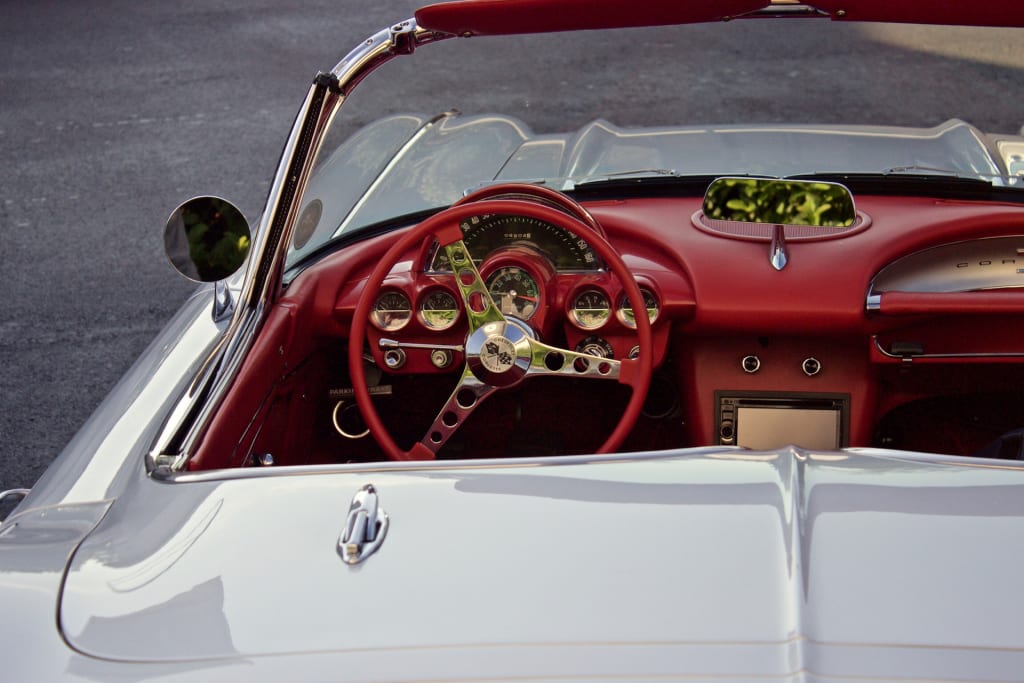
When you first go into a car dealership, you will likely hear a salesman rattle off a million different stats about the car you're interested in. For most of us, that stuff just sounds like total gibberish, but for mechanics, those little specs can make all the difference.
If you've ever wondered what all those little stats mean, and what they mean for your car, this guide will help clear things up.
"It has a V-6 engine!"
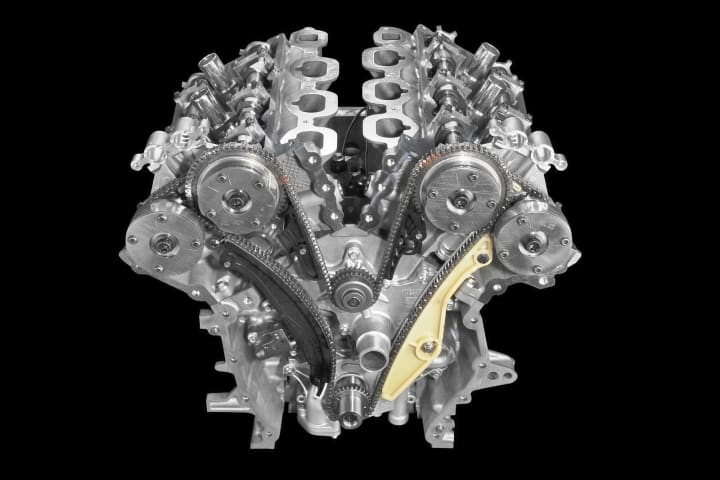
When salesmen talk about V-6 or V-8 engines, they're talking about engine structure. The following engines are the most common in the US:
- V-8: This is an eight cylinder version of a V-6. These are bigger, more expensive, and way more powerful than a typical car.
- V-6: These are engines that have six cylinders that are placed in a "V" shape. They are powerful, compact, smooth, and tend to be used in race-ready cars as well. However, they're pricey, weighty, and can be high-maintenance.
- I-6: These six cylinder motors have great balance, and a good deal of power. Much like I-4s, they are easy to maintain and work on. However, they can be hard to package due to their length, and also aren't good for frontwheel drive cars.
- H-4: This has four cylinders in a "box" layout. This allows for a smoother run, a lower center of gravity, with more power than I-4 engines. That being said, it also requires less gas than other performance engines in most cases. These can be harder to maintain than I-4s.
- I-4: This is a small, basic engine that has four cylinders that are all straight in a row. These run well, have low manufacturing cost, and are easy to maintain. I-4s are great for commuter cars. That being said, they don't offer a lot of "racer power" in many cases.
Though it's not always true, the more cylinders your car has, the more gas it will tend to require during trips. So, choose wisely.
"And a 2.4 Liter..."
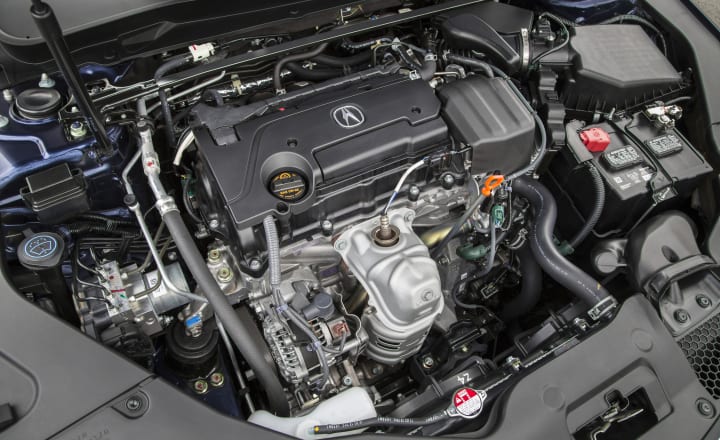
When they talk about liters in an engine, they're talking about how much volume is inside all of the cylinders of the engine. This can be measured in "cc," which is cubic centimeters, or more commonly, in liters.
This gives you an idea of how big the engine is.
"And a 5-speed transmission..."
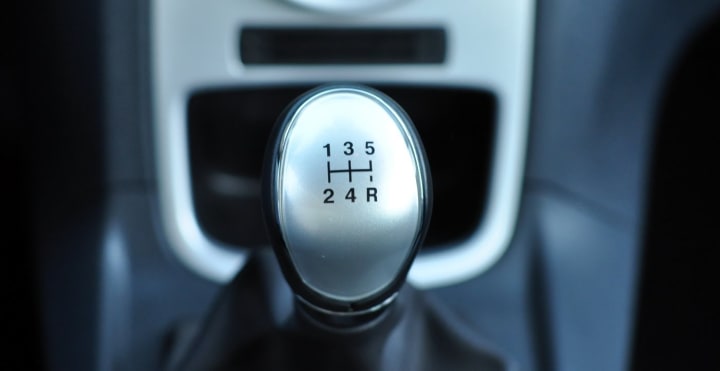
We're going to assume that you know the difference between an automatic and a manual stick shift car. So, let's talk about the different "speeds," discussed by car people.
When people say this, they're talking about how many different transmission gears your car has. In this way, driving a car is a lot like riding a bike. Just like you'd switch gears on different inclines if you were on a bike, smart drivers will switch gears depending on the terrain, too.
The more speeds, the better your car can handle different terrains.
"And 225 horsepower..."

This is an informal-turned-formal term means that the car has the pulling power of however many thoroughbred horses it mentions. This term dates back to the times when "car" was short for "horseless carriage," and initially was meant to give drivers an idea of how much they could cart in their cars before the motor died.
Nowadays, a single horsepower equals to 550 foot-pounds per second. So, if you car has 75 horsepower, it has an engine that has as much pulling power as 75 horses, or a 41,250 foot-pounds per second.
"Oh, and the drivetrain..."
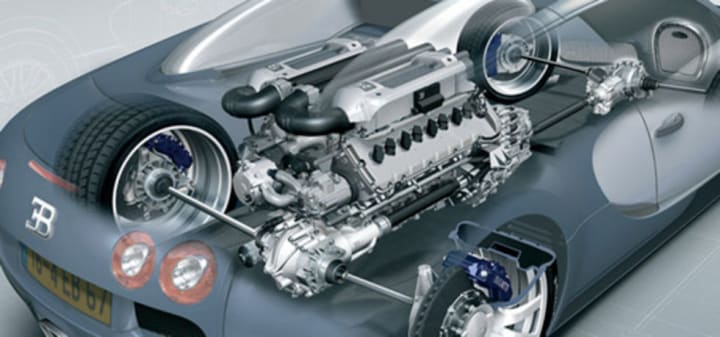
Drivetrain is basically how the car propels itself forward. You can have front wheel drive (FWD), which means that the front wheels are what are doing the work to push the car forward. Or, you could have real wheel drive (RWD), which has the back wheels doing all the work.
All wheel drive, (AWD, or 4x4), makes it easier to get out of muddy waters or ice. However, it's not necessary by any means.
"A 12 gallon gas tank capacity..."
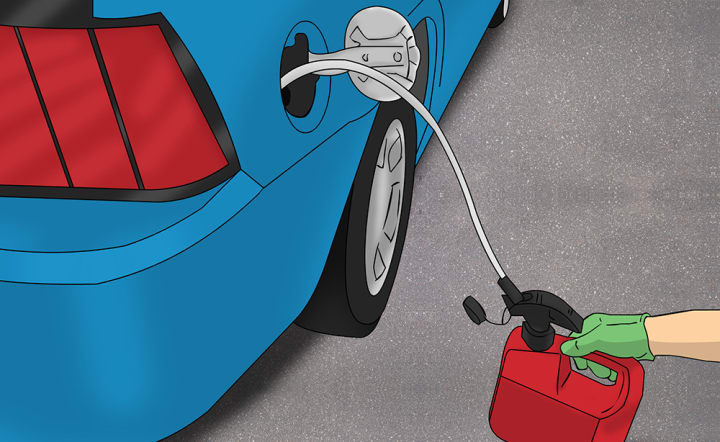
This just means how much gas your car can load up in one fill. If you have a 10 gallon gas tank, that means that your gas tank would get filled up at 10 gallons, and that it can't handle more than that.
Fuel economy ratings are different from gas tank capacity.
With fuel economy, it tells you how many miles per gallon (MPG) you get when you drive your car. Cars will get different gas milage depending on the situation, which is why you might see a car that has a 19 MPG city rating, and a 25 MPG highway rating.
"A tiny 4 meter turning radius."

This just is a measurement that tells you the absolute minimum space you need in order to make the tightest U-turn you can possibly make in the car. Most small and compact cars have 5 meter turning radii.
When in doubt, ask what it means.
There you go - those are the bare-bones basics on what those crazy stats mean. There's no harm in asking what a car term means. After all, no one was born a natural car fanatic.
About the Creator
James Lizowski
Spends his days making his own Star Wars figurines. His craft has driven him to look towards the future, drawing inspiration from past technological advances.






Comments (1)
Understanding car stats is crucial for beginners, as it helps in making informed decisions. But let's not forget the importance of reliable components that contribute to those stats, such as bearings. A trusted bearing store https://onefastshop.com/collections/bearings can provide valuable guidance on choosing the right bearings for optimal performance. From wheel bearings to engine bearings, they play a vital role in a vehicle's functionality.